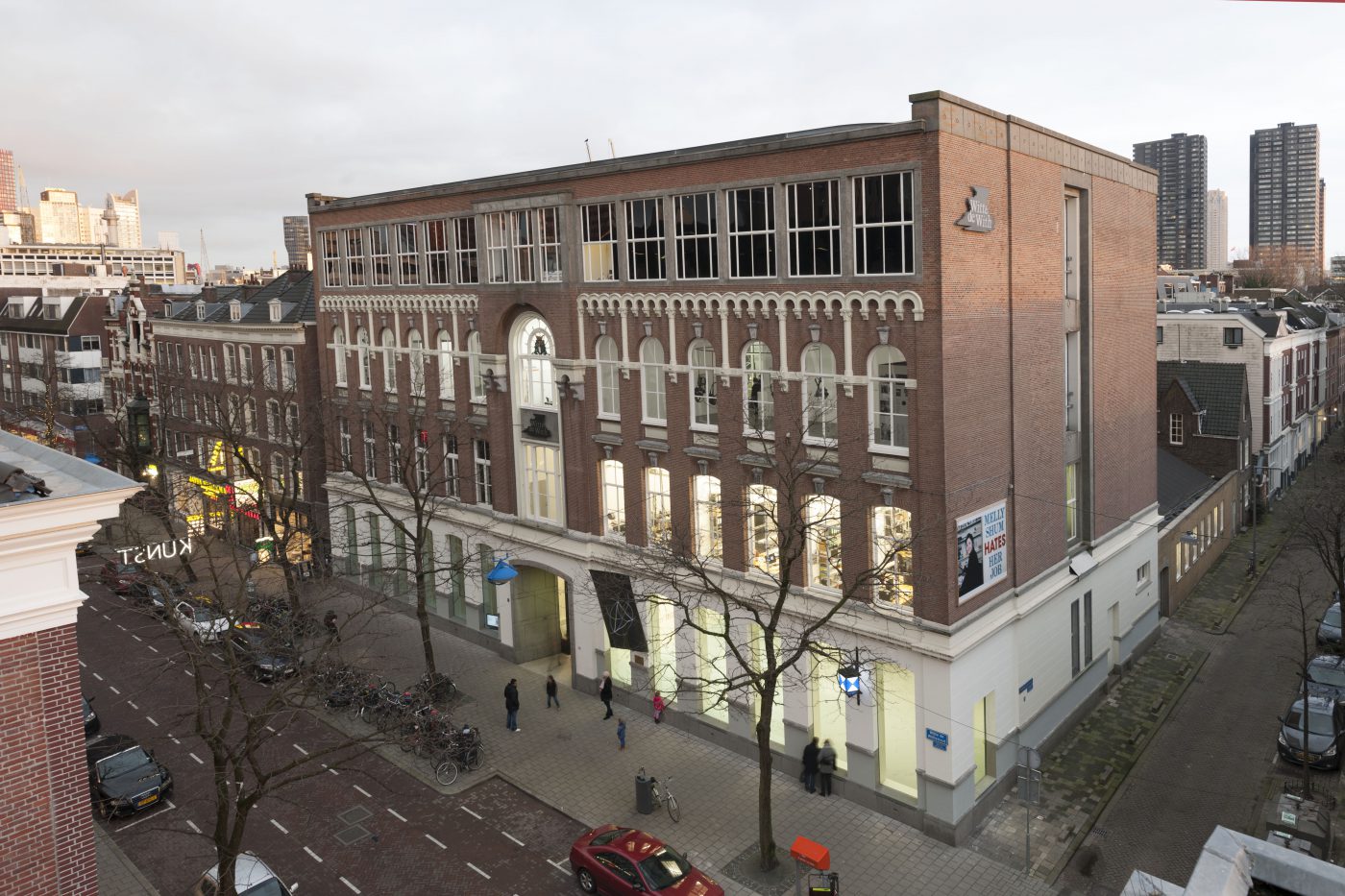
Does Witte de With have to change its name?
Witte de With is subject of a public debate on its name giver, the colonizer and mass murderer Admiral Witte Corneliszoon de With (1599 – 1658). The centre itself started an inquiry within the context of Cinema Olanda: Platform and in an Open Letter it is asked to take position. Florian Cramer thinks it is time to change its name.
Regarding the Open letter to Witte de With Center for Contemporary Art(signed among others by my colleagues/friends Annet Dekker, Katherine McBride, Caetano Carvalho, Patricia Kaersenhout, Olave Basabose, Maria Guggenbichler, Yoeri Guépin & my fellow party members Sylvana Simons and Gloria Wekker, my comment is a personal story:
A major square in my original hometown Berlin, Theodor-Heuss-Platz (named after the first post-war West German president), used to be called Adolf-Hitler-Platz from 1933 to 1945. When I was more radically contrarian than today, I appreciated the honesty in declaring Heuss the successor to Hitler but was in favor of keeping the name Adolf-Hitler-Platz for the sake of not whitewashing Germany’s history. Today, having softened with age, I would be in favor of keeping that name as a subtitle to the official name of the square, in order not to punish the people living there and to prevent it from becoming a Neonazi cult site. But then, there is the incontestable argument that any square named after Hitler suppresses the memory of a Nazi victim after whom this square could have been named instead.
Back to Rotterdam: It is unbelievable that this contemporary art institute was given the name Witte de With when it was founded in 1990. (And, in case Berliners should read this, I should better not mention that the founding director was Chris Dercon…) There are two arguments for how to deal with this mess now:
– A risk of changing the name of the institute could be that it might create some temporary debate in the media and in the art system but not change anything in the long run. Witte de Withstraat would still be called Witte de Withstraat and remain Rotterdam’s most popular nightlife spot. The art institute would have repaired its political credibility but not done much more than that – similar to the Berlin city government renaming squares after WWII (and then again, in East Berlin after the fall of the wall).
– But: Rotterdam is neither a left-wing, nor a liberal city. It is ruled by the right-populist Leefbaar Party – which is just declared that it will join forces with the Dutch Alt-Right party Forum voor Democratie in the upcoming municipal elections. So the reactions to the art center changing its name – maybe further activism to change the street name, too – would safely be met with right-wing outrage in social media, populist blogs and even mainstream journalism. (Btw., Rotterdam even has a Paul-Kruger-Straat, in an “Afrikaanderwijk”, and nobody complains.)
So, if the art center consequently follows the way that it has begun with, among others, giving anti-racist activists a platform as part of its forthcoming “Cinema Olanda” exhibition project, then the consequence is inevitable, and simply a matter of logic – change its name just in order to create this public debate and controversy, and exposing itself to true risks (such as funding cuts through the city) in the process.
In the end, this debate presents an incredible opportunity for the art center to redefine itself and readjust itself to a city whose population is no longer predominantly white.
I still won’t sign the letter because, of all art institutions in the Netherlands, WdW at least made an effort of addressing racism and postcolonialism in its programming (starting with the exhibition “No Humans Involved” in 2015 and including the read-in semester on postcolonial theory organized with the Critical Studies Minor of Willem de Kooning Academy), including the risk of making mistakes and exposing vulnerabilities in the process. It simply feels not right to me that other art institutions don’t draw protest when they choose to ignore colonialism and race altogether. That said, I hope that the curators of WdW see the letter as the kind of engagement a cultural institution could only dream of (who says that only Berliners are passionate about their cultural institutions like Volksbühne!) and will be open to giving its demands serious consideration.
UPDATE: Changed my mind and signed the letter because a critical arts practice (a) must be radical in order to be critical and (b) is only radical, in the literal sense of the word, when it includes a radical institutional (self-)critique.
This text was originally posted on Facebook – scroll down for all reference texts
Timeline of of Cinema Olanda: Platform at Witte de With HERE
Please also read Jelle Bouwhuis on Museums & Nationalism in Metropolis M HOMELAND No 3-2017. Out now.
Florian Cramer
is a reader/practice-oriented research professor in Autonomous Art and Design Practices at Willem de Kooning Academy


